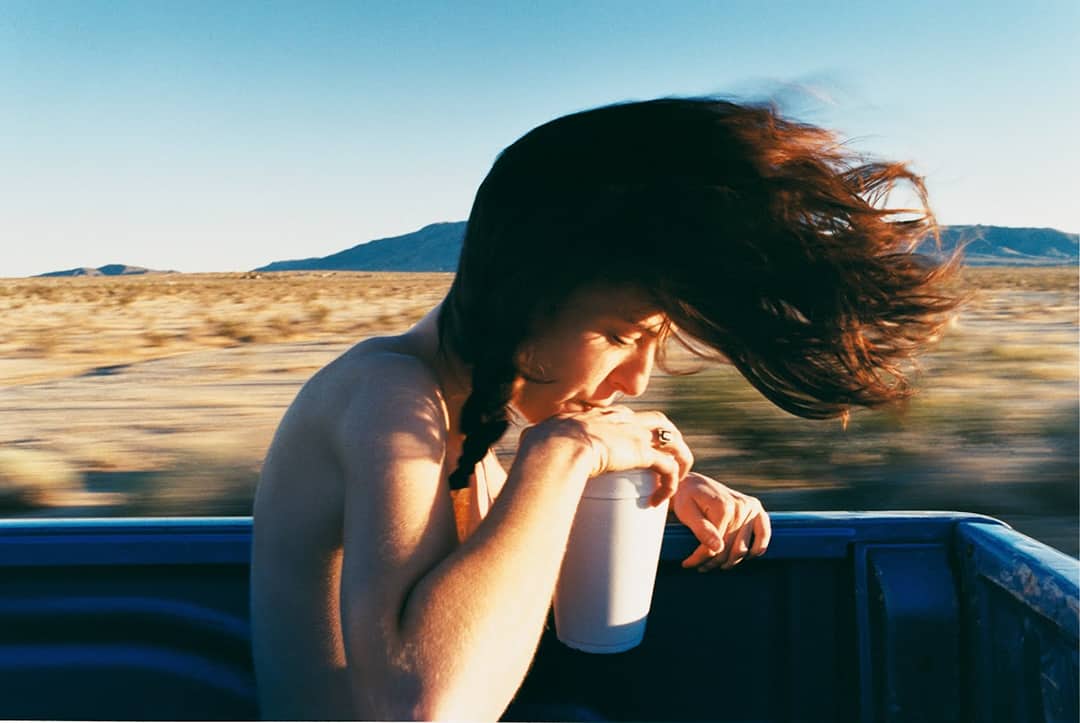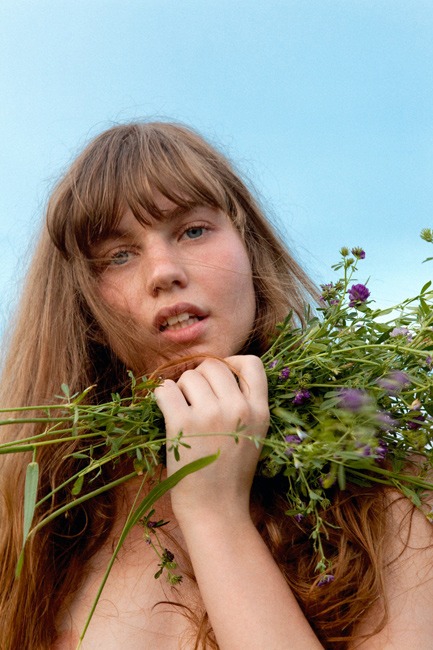
Ryan McGinley – Strange Journey
Ryan McGinley was born in 1977. He;s an American photographer living in New York City. McGinley began making photographs in 1998. In 2003, at the age of 25, he was one of the youngest artists to have a solo show at the Whitney Museum of American Art. He was also named Photographer of the Year in 2003 by American Photo Magazine. In 2007, McGinley was awarded the Young Photographer Infinity Award by the International Center of Photography. In 2009, he was honored at The Young Collectors Council’s Artists Ball at the Guggenheim Museum. A 2014 GQ article declared McGinley, “the most important photographer in America.”
Snowboarding
McGinley was born in Ramsey, New Jersey, and is the youngest of eight children. From an early age his peers and mentors were skateboarders, graffiti artists, musicians, and artists that were considered to be on the fringes of society. As a teenager, McGinley was a snowboard instructor at Campgaw Mountain, NJ, and competed in the east coast amateur circuits from 1992 to 1995. He enrolled as a graphic design student at Parsons School of Design in New York in 1997. In 1998, he moved to the East Village, and covered the walls of his apartment with Polaroid pictures of everyone who visited him there.
Parsons
As a student at Parsons, McGinley began experimenting with photography. In 1999, he put these early images together in a handmade, self-published book called The Kids Are Alright, titled after a film about The Who. McGinley had his first public exhibition in 2000 at 420 West Broadway in Manhattan in a DIY opening. One copy of The Kids Are Alright was given to scholar and curator Sylvia Wolf, who later organized McGinley’s solo exhibition at the Whitney.
In an essay about McGinley, Wolf wrote, “The skateboarders, musicians, graffiti artists and gay people in Mr. McGinley’s early work ‘know what it means to be photographed. His subjects are performing for the camera and exploring themselves with an acute self-awareness that is decidedly contemporary. They are savvy about visual culture, acutely aware of how identity can be not only communicated but created. They are willing collaborators.” While he was a student at Parsons, McGinley was also the acting photo editor at Vice Magazine from 2000 to 2002.
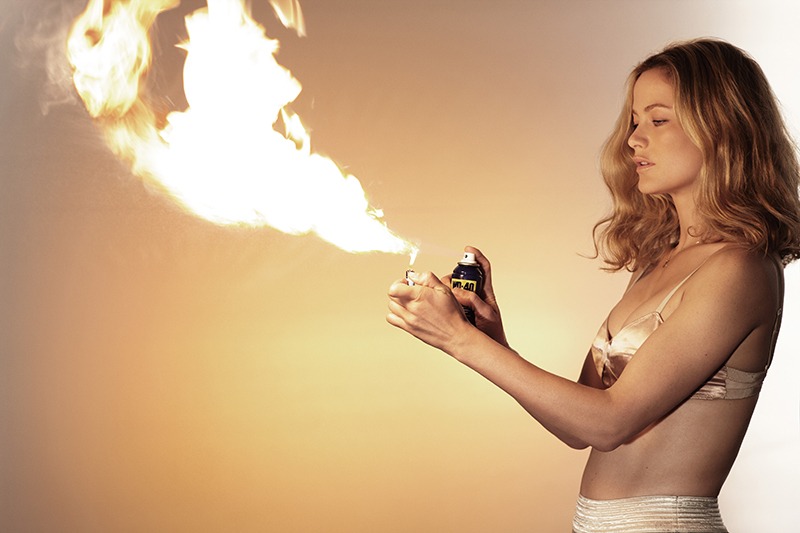
Ariel Levy, writing in New York magazine about McGinley’s friend and collaborator, Snow, said, “People fall in love with McGinleyʼs work because it tells a story about liberation and hedonism: Where Goldin and Larry Clark were saying something painful and anxiety producing about Kids and what happens when they take drugs and have sex in an ungoverned urban underworld, McGinley started out announcing that ‘The Kids Are Alright,’ and suggested that a gleeful, unfettered subculture was just around the corner if only you knew where to look.”
Early Works
McGinley’s early work was primarily shot on 35mm film and using Yashica T4s and Leica R8s. Since 2004, McGinley’s style has evolved from documenting his friends in real-life situations towards creating envisioned situations that can be photographed. He casts his subjects at rock ‘n’ roll festivals, art schools, and street castings in cities. In describing the essence of youth and adventure central to McGinley’s work, Jeffrey Kluger wrote in TIME, “Photography is about freezing a moment in time; McGinley’s is about freezing a stage in a lifetime. Young and beautiful is as fleeting as a camera snap— and thus all the more worth preserving.”
In 2007, critic Philip Gefter wrote, “He was a fly on the wall. But then he began to direct the activities, photographing his subjects in a cinema-verite mode. ‘I got to the point where I couldn’t wait for the pictures to happen anymore,’ he said. ‘I was wasting time, and so I started making pictures happen. It borders between being set up or really happening. There’s that fine line.'”
Transition
This transition to creating work with an emphasis on heavy pre-production is embodied in McGinley’s famous summer cross-country road trip series. In a 2014 feature, GQ wrote, “His road trips, legendary among city-dwelling creatives under 30 (they all know someone who knows someone who went on one), have been annual summer occasions for almost a decade. McGinley and his assistants start planning the journey in January. They consult maps, newspapers, travel books. It usually starts with a specific desire—wanting to shoot kids in a cypress tree with Spanish moss, say—and the trip itself is plotted according to where such a setting can be found.”
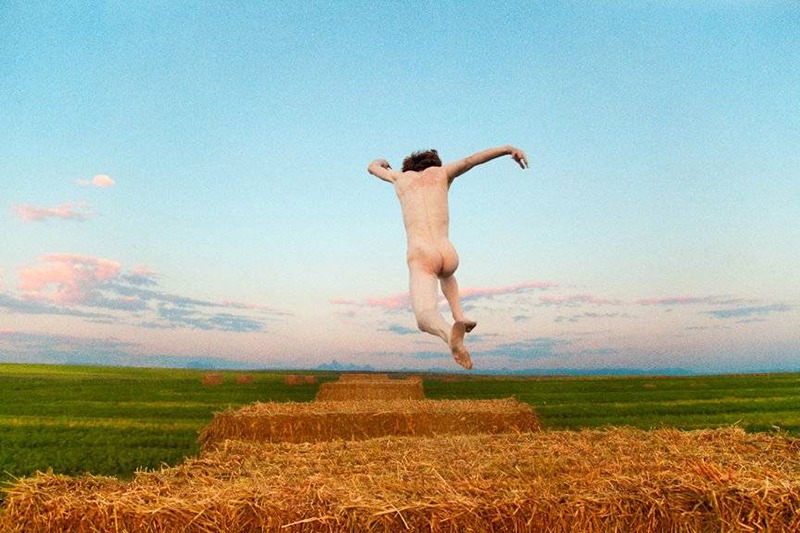
In conversation with filmmaker Gus Van Sant, McGinley described his practice of making photographs on the road and outside of his New York City based studio, “Such a big part of what I do is removing myself and other people from the city. Taking people to these beautiful and remote locations, being together for long periods of time, getting that intimacy, and doing all these intense activities together every day. In a way, it’s like a bizarre summer camp or like touring in a rock band or traveling circus. It’s all those things combined. Just taking everyone out of their element so you have their full attention.”
Studio Portraiture
In 2009, McGinley returned to the studio as he began experimenting within the confines of traditional studio portraiture. This was also the beginning of what would by 2010 become an all entirely digital photography practice. The result was his 2010 exhibition, Everybody Knows This Is Nowhere, at Team Gallery in NYC, where he displayed his first collection of black and white nudes. This series marked a significant shift in the style and production of McGinley’s photographs. His continued work within the realm of digital studio portraiture eventually evolved into his Yearbook series.
Team Gallery describes the 2014 installation as, “a single artwork that consists of over five hundred studio portraits of some two hundred models, always in the nude, printed on vinyl and adhered to every available inch of the gallery’s walls and ceilings. The installation’s effect is hugely impressive in its standalone visual power, an enveloping entity flooding the entire space with bold color and form. Although the sheer abundance of available images renders a total “reading” impossible, there is never any sense of incompleteness, as each individual image functions autonomously, granting the viewer access to a delicate, once-private moment.” Yearbook is a traveling exhibition, and while it has evolved in size and application process, it has been exhibited internationally in various forms in San Francisco, Amersfoort, Basel, and Tokyo.
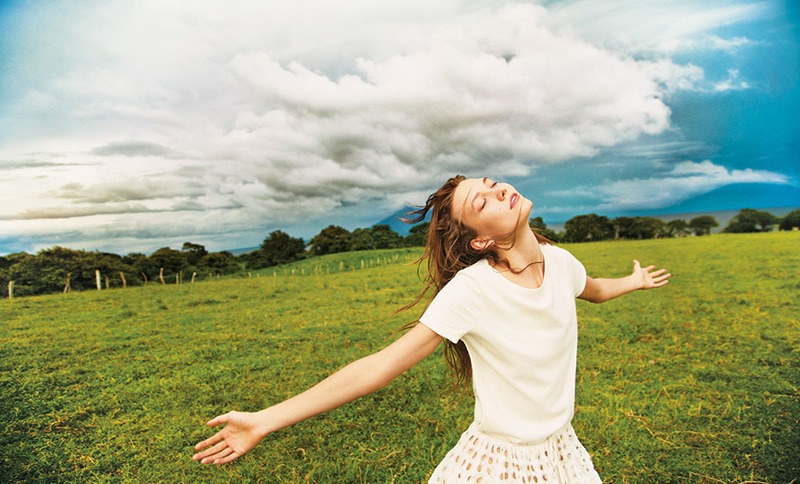
Charities
Throughout his career, McGinley has worked with various high-profile charities. Influenced by the death of his brother in 1995 due to HIV/AIDS-related complications, McGinley is vocally passionate about raising funds for HIV/AIDS awareness and treatment research. At the 2014 amfAR Gala, a photograph donated by McGinley was purchased by Miley Cyrus, who narrowly outbid Tom Ford, for a record breaking price.
However, in recent years, Ryan McGinley has become well-known for the circle of successful younger artists surrounding him and his studio, prompting the New York Times to refer to him as, “The Pied Piper of the Downtown Art World”.
Advice
In 2014, Ryan McGinley delivered the commencement address at Parsons School of Design. His advice; “Say yes to almost everything and try new things. Don’t be afraid to fail, and don’t be afraid to work hard. Do your pictures—don’t try and do somebody else’s pictures. Don’t get lost inside your head, and don’t worry what camera you’re using.” He continued, “I once heard the legendary indie director Derek Jarman had three rules for making his art films: ‘Show up early, hold your own light, and don’t expect to get paid.’ That always stuck with me. Approach art like it’s your job. Show up for photography every day for eight hours. Take it as seriously as a doctor would medicine.” Since 2005, Ryan McGinley has periodically lectured and done critiques with MFA photography students at Yale University. He has also been a member of the School of Visual Arts Mentors program.
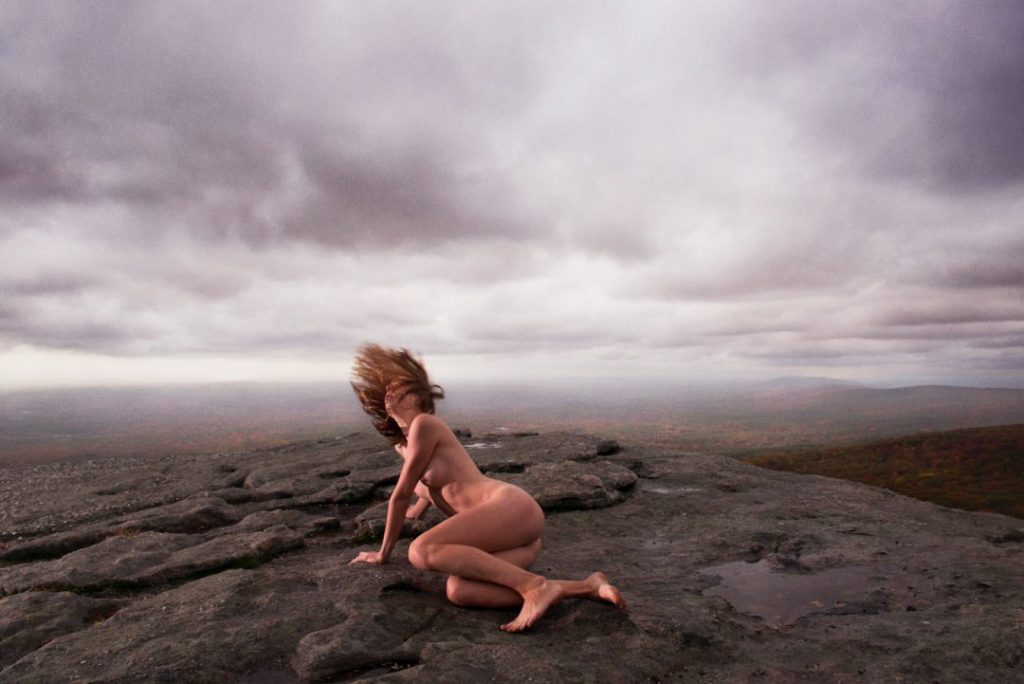
Album Cover
In 2008, the Icelandic post-rock band Sigur Rós used one of McGinley’s images for their fifth album. The video for the first track from the album, “Gobbledigook”, was inspired by his work. In 2012, McGinley reunited with the band to direct the video for “Varúð”. The non-profit Art Production Fund partnered with the NYC Taxi Commission to show the film in 3,000 cabs. The following year, it was screened in Times Square, in which every night at midnight for one month the video played simultaneously on electronic billboards and newspaper kiosks throughout Times Square.
Musicians and Cameras
McGinley has photographed musicians for both album artwork and editorial projects. In 2012, he provided the artwork for Bat For Lashes’s album The Haunted Man. In 2013, he created images for Katy Perry’s fourth studio album, Prism. He had also photographed musicians Beyonce for BEAT Magazine, Lady Gaga for Rolling Stone, and Lorde for Dazed and Confused.
McGinley has contributed editorial assignments to The New York Times Magazine, including his 2004 Olympic Swimmers, 2008 Oscars Portfolio, and 2010 Winter Olympics.
What film cameras do you use?
I used a Leica R8 and a Yashica T4.
What kind of film do you use?
Kodak Portra or Kodak Gold. Usually Portra. There’s the VC variety—“vivid color”—and it gives the photos really nice saturated colors.
While he has worked in fashion editorial and advertising. In 2009, McGinley helped launch Levi’s “Go Forth” campaign. In 2012 and 2013, he worked with U2 singer Bono on producing a short film and photographs for fashion brand EDUN. Additionally, he has made photographs for beauty and fragrance campaigns by Calvin Klein, Dior, Hermès, and Stella McCartney.
McGinley has also been featured as a model in campaigns by The Gap, Marc Jacobs, Salvatore Ferragamo, and Uniqlo.
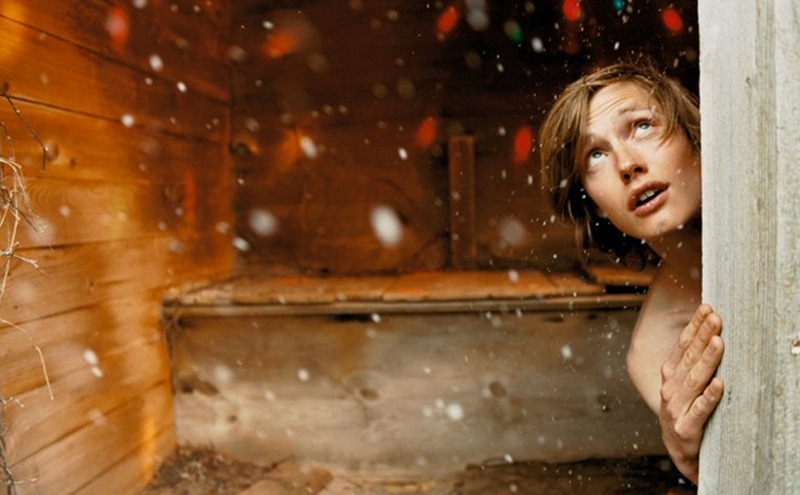
In Retrospect
When he started, Ryan McGinley was not inclusive in the NY commercial world. He used his friends to create photographs that he now calls “fun.” But in the past decade, his vision has evolved and expanded into a tidal wave of influence, affecting the look of art, advertising, music videos, film, even Instagram. I personally preferred his film period,…not because it was film, but because it exhibited a more action packed, by the seat of your pants imagery. That said, any of his books are worth having in ones collection. Leica R8 or Yashica T4
Website

